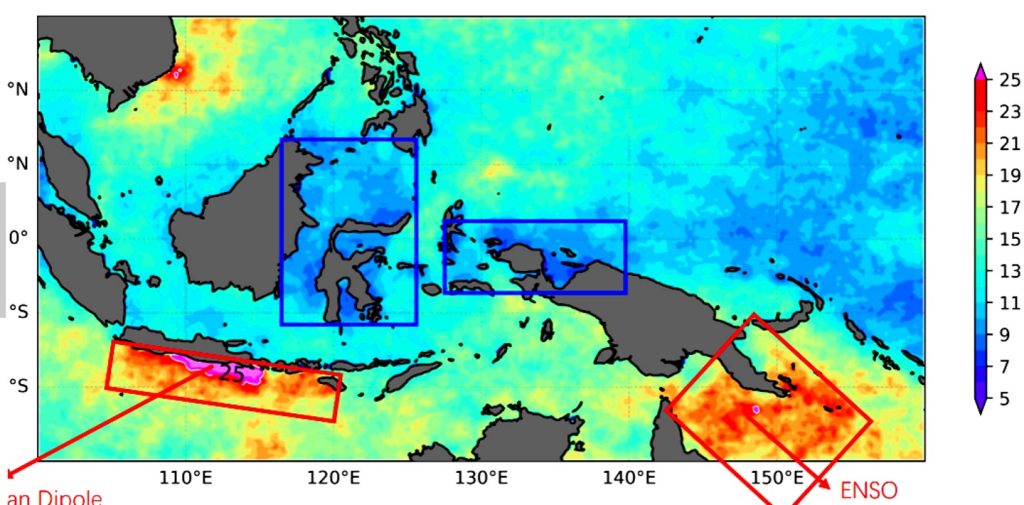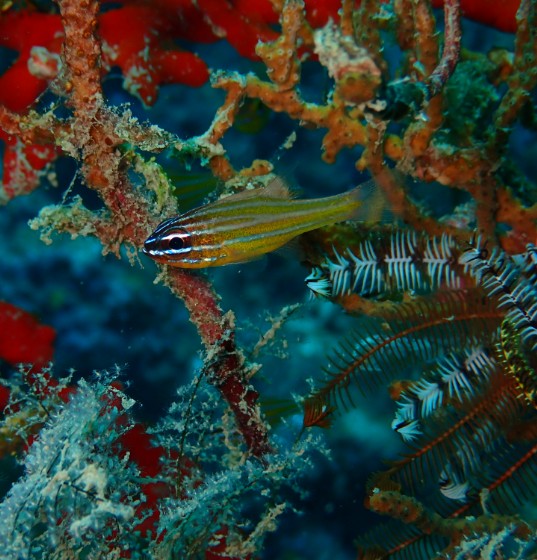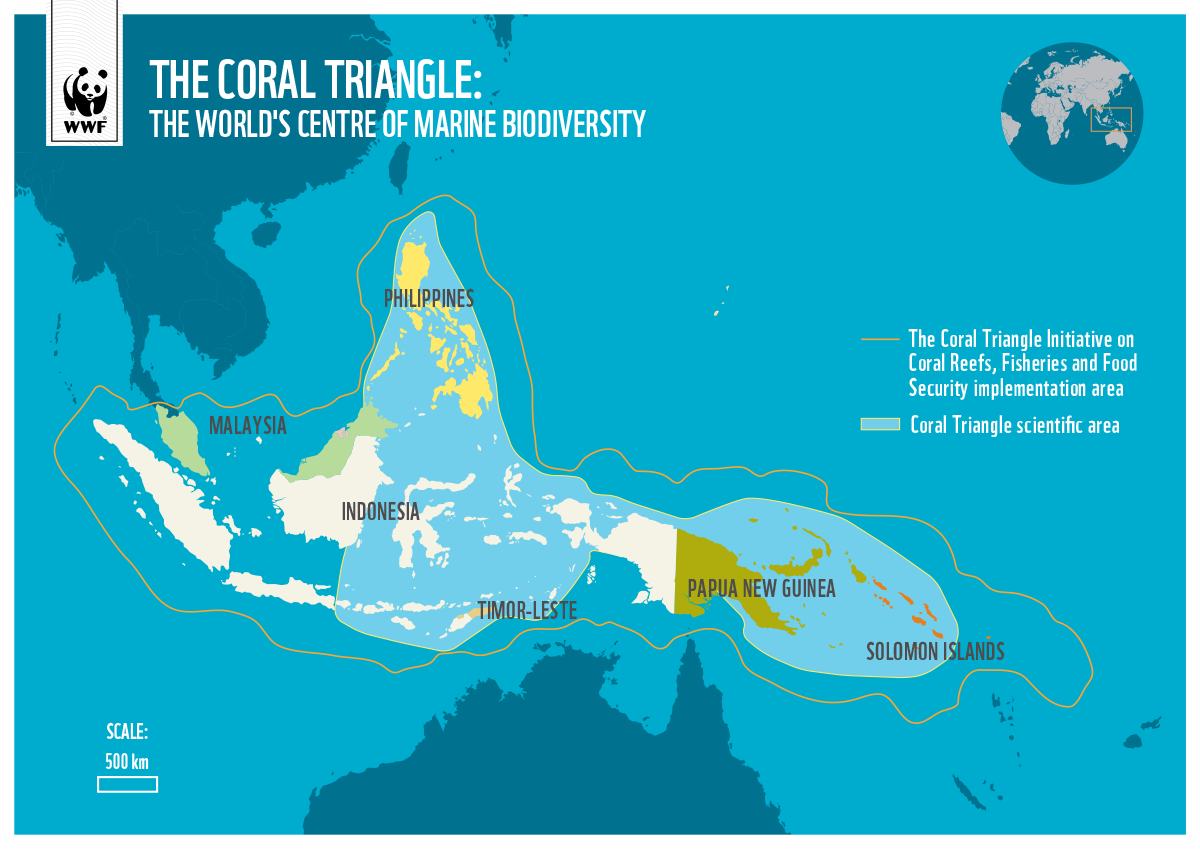The Coral Triangle Area consistently draws the attention of marine scientists worldwide. Why does this 75,000-square-kilometer coral reef region, encompassing the waters of six countries—Indonesia, Malaysia, the Philippines, Papua New Guinea, Timor Leste, and the Solomon Islands—host such extraordinary marine biodiversity? This region is home to 520 coral species, around 3,000 species of fish, and 150 million coastal residents who depend on marine resources, with an economic potential estimated at USD 2.5 billion annually. No other marine region in the world matches its biodiversity richness.
While the Amazon rainforest in Brazil boasts the world’s highest terrestrial biodiversity—with 16,000 plant species, 1,300 bird species, and 430 mammal species—the Coral Triangle Area, often called the “Amazon of the Sea,” holds the title for marine biodiversity.

Global scientists continue to investigate the reasons behind the Coral Triangle’s incredible richness. Indonesian and Chinese marine experts have linked the presence of coral reefs in Indonesian waters to the phenomenon of marine heat waves (MHW) frequently occurring in the archipelago’s waters. At the International Conference for Sustainable Coral Reefs held in Manado from December 13–15, 2024, Indonesian researcher Dr. Salvienty Makarim, along with Professors Linhai Wang and Weidong Yu1 from Sun Yat-sen University in China, presented their analysis of MHW in Indonesian waters, particularly in the waters of Sulawesi and Northern Papua.
Data from the U.S. National Oceanic and Atmospheric Administration (NOAA) indeed shows the presence of marine heat waves in Indonesia’s waters. However, these MHWs do not significantly impact coral reef bleaching. Sea surface temperatures in the Coral Triangle region remain stable at just 5–7 degrees Celsius, unlike the MHW in Thailand, where sea surface temperatures can reach 31 degrees Celsius, causing severe coral bleaching and mortality.

The Indonesian-Chinese researchers did not stop at this finding. During the El Niño climate variability, which raised sea surface temperatures in Southern Papua and the Torres Strait to 23 degrees Celsius, sea surface temperatures in Sulawesi and Northern Papua waters remained steady at 5–7 degrees Celsius. This stability allows coral reefs to thrive and reproduce, supported by ocean currents flowing from the Pacific Ocean to the Indian Ocean, which maintain favorable conditions for diverse coral species to live healthily and sustainably.
These comfortable environmental conditions also enable various fish species to live, spawn, and reproduce optimally in the Coral Triangle’s waters. This unique and fascinating marine environment has led Indonesia and China to agree on conducting a marine expedition using Sun Yat-sen University’s latest research vessel, Zhongsan Dakeu, in the coming years.
Source: https://environews.asia/the-waters-of-sulawesi-and-northern-papua-are-ideal-for-coral-reefs/






